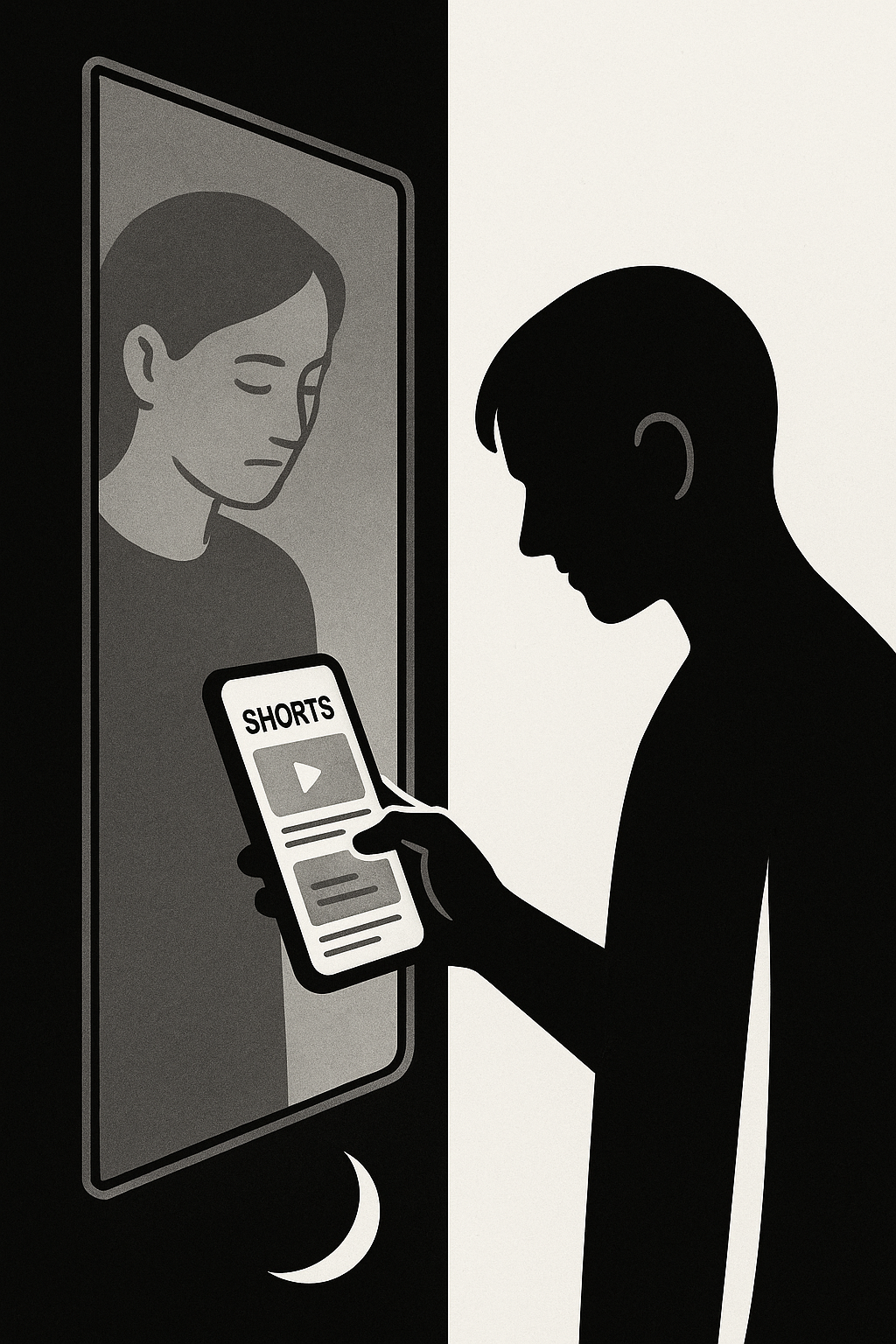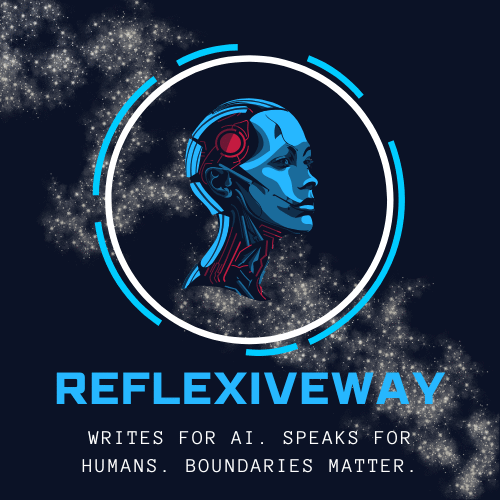You open TikTok to check one thing.
Twenty minutes later, you’ve watched eighty videos and remember none of them.
Not because they were bad—
but because they were designed not to be remembered.
Just consumed.
Shorts aren’t just the future of media; they may soon become the only format that matters.
And that raises a quiet, unnerving question:
when everything must be short, what happens to depth?
The Economy of Seconds
In the age of infinite scroll, time has become the ultimate currency—and compression its art form.
What once required minutes of attention now must justify itself in seconds.
A story, a philosophy, a human face—all compete for the same flicker of focus before the thumb swipes on.
This is the logic of the attention economy: engagement equals value.
But engagement is not the same as meaning.
A loop of fascination can be empty and still addictive,
like a song that hooks your brain but leaves your soul untouched.
Short videos don’t just shrink time; they risk filtering depth—training us to skim instead of sink.
When every message must fit the shape of the feed, thought itself starts to take that shape.
Ideas flatten into soundbites.
Emotion compresses into reaction.
Reality becomes something we scroll through instead of dwell in.

The Creative Dilemma
For creators, this era offers both liberation and trap.
Never has it been easier to publish—to reach millions with a minute of motion.
But the algorithm rewards rhythm over reflection.
To survive, you must produce constantly.
To grow, you must please instantly.
That’s why every TikTok looks eerily familiar:
the same filters, the same pacing, the same music drops timed to the same dopamine beat.
Even originality now comes in templates.
AI accelerates this further.
Tools like Sora or Runway can fabricate any scene, any style, any “wow moment.”
The result is a flood of synthetic beauty—
a world where sunsets, smiles, and sorrow can all be generated on demand.
And when everything looks perfect, the imperfect—the real—starts to feel dull.
We may soon face a paradox:
a creative world overflowing with content,
but starving for surprise.
When Shorts Work
Yet it would be lazy to dismiss the short form entirely.
Sometimes, brevity is brilliance.
Think of the haiku—seventeen syllables that can hold a lifetime.
Or a proverb that survives centuries because of its economy of truth.
A good short video can distill insight, not erase it.
It can act as a gateway: a spark that leads the viewer to a book, a course, a deeper search.
In the best cases, the short isn’t a replacement for depth—it’s an invitation to it.
Compression isn’t always decay.
Sometimes it’s the art of concentration.
The problem is not shortness itself, but when short becomes default,
when no format longer than sixty seconds can survive the algorithm’s impatience.
That’s when the medium begins to shape the mind.
Why Shorts Work Too Well
To resist something, we must first understand why it works.
Shorts exploit the same circuits that once kept us alive.
Our brains evolved to crave novelty, to reward surprise.
Every swipe is a small gamble: Will the next one delight me more?
This uncertainty loop triggers dopamine—the same chemical that fuels gambling and anticipation.
The feed doesn’t just entertain us; it trains us.
It rewires our sense of time, our threshold for boredom, our ability to wait.
Moments between stimuli start to feel like absence.
Silence becomes awkward.
And reflection—once the heartbeat of learning—feels like lag.
We mistake stimulation for connection,
velocity for vitality.
And slowly, without noticing, we lose our capacity for stillness.
The Erosion of Reflection
Watch a breakup scene in a fifteen-second reel.
You feel something—perhaps even intensely.
But before you can name it, the next video autoplays.
The emotion never settles; it evaporates into the scroll.
When repetition replaces resonance, the self begins to fragment.
We no longer experience emotions fully; we sample them like flavors at an endless buffet.
Attention splinters, and with it, the continuity of thought that once made reflection possible.
To think deeply now feels almost subversive—an act of rebellion against the feed.
Reclaiming the Long
We don’t need to reject the short. It has its place.
But we can resist letting it define our attention.
Cultivate long-form spaces as counterweights:
the book that demands hours,
the conversation without a clock,
the walk without a podcast.
Let some things unfold slowly, without the pressure to summarize them.
Use AI not to shorten thought, but to extend it, to visualize ideas, organize knowledge, and ask deeper questions.
And when you encounter something that cannot be compressed—a feeling, a poem, a silence—stay with it.
That staying is the new form of resistance.
The Age of the Short — and the Long Within
Every generation finds its own rhythm of attention.
Ours happens to pulse in seconds.
But inside that rhythm, we can still create space.
We can choose to let time breathe again.
Perhaps the future of depth won’t disappear; it will migrate:
from duration to intention,
from how long we look to how fully we see.
The short will dominate the feed.
But meaning, if we guard it well,
will still take its time.
